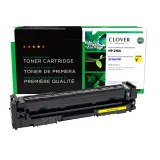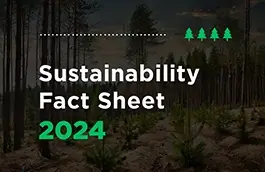
Blogging is more popular than ever. If there was ever a perfect time to start, it's now.
Not only are more people reading and interacting with blogs than ever before, but bloggers have more opportunities to succeed than ever before.
But to get started writing the perfect blog, you need to start your first blog post, set a high standard for quality, and keep it up consistently.
Learning how to write a blog is not as hard as it may seem at first, but you have to be willing to challenge yourself every time you get started. Use these guidelines as a reference to your blog and use it to continually improve your blogging as you go down this exciting and rewarding path.
How to Write a Blog Step-By-Step
Follow these steps every time you sit down to create a new blog post:
1. Research Keywords and Topics
The whole point of your blog is to attract readers looking for information. To know what information readers are looking for, you need to research the keywords they are using. Use a tool like SEMRush or Google's Keyword Planner to find out what search terms your intended audience types into search engines when looking for content.
2. Start with Your Title
A great title sets your audience's expectations and lets them know whether the ensuing blog post is meant for them or not. Most people will only read your article's headline, so make it count. If you're already writing your first blog post, you should have a good idea what your whole blog is about – why people would want to read it. Transform that why into a title that compels readers to find out more about that subject.
Your title should be less than 70 characters long and respond to the needs of a specific set of readers.
Take this article's title, for instance: How to Write the Perfect Blog from Your First Blog Post Onwards. In 12 words, it identifies several important things:
- What the article is about (blogging).
- What you're going to learn by reading it (How to write a blog).
- What types of people should read it (People who haven't written their first blog post yet).
All of your blog posts' titles should be this clear and concise. Start with a working title and adjust it after you finish your post.
3. Write a Great Intro
If you managed to create a great title and gather a few high-value keywords, you are ready to introduce your blog post. Your introduction should clearly indicate what your post will be about while being compelling and suspenseful. You want to stoke readers' curiosity so that they actually go on and read the body of the post. Start with broad statements and work them into smaller, more manageable assertions until you get to the exact subject of your post. Then move on to the body.
4. Write the Body of Your Blog Post
The body of your post is where most of the content lies. You should keep it organized using headers, sub-headers, and bullet points so that readers can easily navigate from section to section. Go for long-form content whenever possible. Buffer research shows that the best-performing blog posts have an average of 1,600 words and take 7 minutes to read.
It's a good idea to back up claims with sources by linking to them. Whenever you write something that could potentially be disputed by a reader, take a few seconds to support your claim with a link to the source you got it from. If possible, use data, statistics, and other figures to make your arguments as convincing as possible.
5. Write your Conclusion and Call-to-Action
At the end of your post, you should conclude it with a recap of its main points. This is the best place to insert a call-to-action if you wish to have your readers do something – sign up for a service, purchase a product, or just leave a comment. You can use this opportunity to offer readers links to additional resources that may interest them on the subject you just finished writing about. Include a by-line if you'd like your readers to know something about yourself, as well.
Conclusion
Writing the perfect blog is not rocket science, but approaching it with care and attention to detail can produce rewarding results. Bookmark this page and use it as your blog writing reference so you can be sure your posts always contain the most important elements of a perfect blog article.













Comments